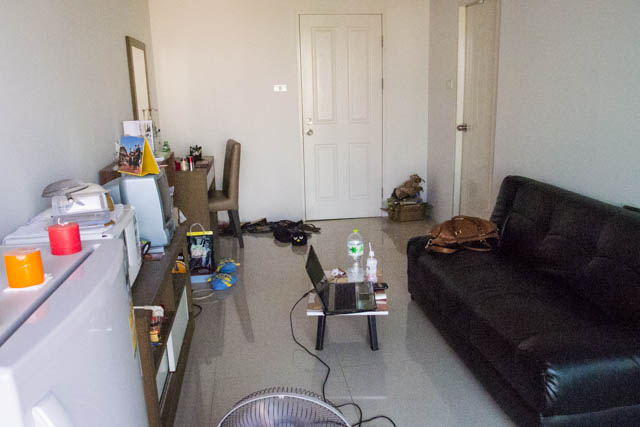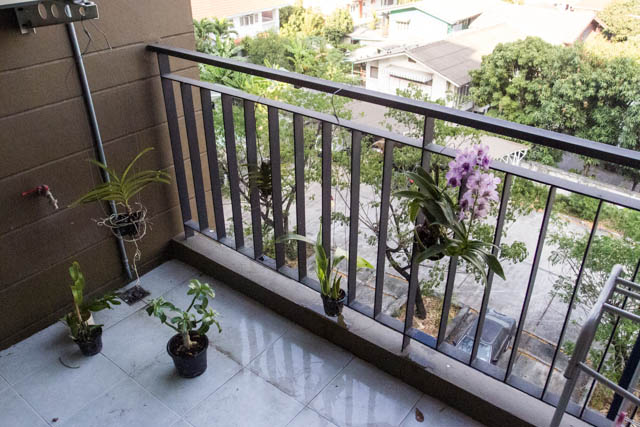 I highly recommend this book for anyone starting out to read the Thai language. The main thing I like about it is that it introduces everything slowly and builds it up gradually. I can string letters together to make the right sounds, but the tones, up until now, have been mystifying to me. I did a simple Google for ‘Thai tone rules’ and was completely overwhelmed by the explanations and the charts! I read a few posts on blogs from people who reckon they have ‘cracked’ the rules and found a way to simplify everything and just got more and more confused. What works for some people doesn’t work for others.
I highly recommend this book for anyone starting out to read the Thai language. The main thing I like about it is that it introduces everything slowly and builds it up gradually. I can string letters together to make the right sounds, but the tones, up until now, have been mystifying to me. I did a simple Google for ‘Thai tone rules’ and was completely overwhelmed by the explanations and the charts! I read a few posts on blogs from people who reckon they have ‘cracked’ the rules and found a way to simplify everything and just got more and more confused. What works for some people doesn’t work for others.
I took a deep sigh and a break from the computer and re-scanned my bookshelf. I noticed this book, which I had bought nearly a year ago and not properly looked at. I had been plowing headfirst into children’s books without much guidance or really understanding what I was doing, and was at much the same level as I had been months ago. I needed some drastic action, and realised that this might be the answer to actually improving.
The author starts by introducing mid and low class consonants and long vowels, then high class consonants and long vowels. Then she looks at the final sound of the syllable and how it affects tone. There are lots of repetitive exercises to help drill everything into the memory. After that, she moves on to talking about short vowels and how the first and last consonant affect the tone. And so it goes on, gradually building up the rules that you have to remember. I really like the fact that she explains everything, but the majority of the book is reading exercises, which is what it should be. I believe that rather than knowing and being able to recite the tone rule chart off by heart, with enough practice I will be able to see a word and recognise it’s tone from looking at it, which of course, is what I’m aiming for. I already feel confident reading words with the tone rules that I have studied so far, and I’ve only been studying it for a few weeks. I feel like I’m getting somewhere!
There is maybe one con for me, that is that I don’t really understand the transliteration that is used. I also don’t really want to spend time learning it as I want to spend that time learning Thai. It’s used to explain what kind of sound the letters make. There’s no CD, so I think that if you don’t know what sounds the letters and vowels make already, it would be difficult to make any sense of it at first. Having said that, there are plenty of videos on YouTube of people showing the Thai letters and making the sounds, so there’s no excuse not to be able to learn it quite fast, if you haven’t got access to a native speak who will go through it with you. The transliteration is also used to for a few exercises that help you spell in Thai for example – ‘write ‘dEEn’ (walk) in Thai. If you don’t understand the transliteration then you can’t do the exercises.
Other than that I think it’s a great book in which the process of learning and remembering has been clearly thought out. Yay :D
How have you found learning the tone rules? What resources have you used when learning to read Thai?





